To mark communication as being effective in the commercial transport industry, it is important to ensure that there is a solid line of exchange between every entity present in the ecosystem. This includes the driver, vehicle’s mechanisms and autobody itself, the conditions of the road and most importantly other automobiles present on the road.
Communication failure in vehicles not only causes a loss of efficiency and productivity, but most importantly it endangers the safety of the driver and others on the road. Even though buses are seen as the safest form of transport, whereby according to statistics, bus crashes constitute less than 1% of the total traffic crashes in Australia. However, the threat of a crash cannot be undermined as buses have high passenger carrying capacity than normal motor vehicles wagering a high human loss. For example, the Kempsey Bus Crash 1989, which is the worst catastrophe on Australian roads, where 2 tourist coaches collided head-on travelling at 100km/h on the pacific highway leading to 35 dead and 41 being injured.
Likewise, communication is considered essential as buses are designed entirely different to private cars and are increasingly complex, they are different in terms of dimensions, manoeuvrability, and driver's vision. Making it more severe that communication is made the topmost priority for buses to prevent countless safety errors. Further, adding to the risk of communication mishaps and safety hazards is the present condition of roads, in major cities the roads are increasingly congested with drivers being on the road more than anticipates. For example, drivers in Sydney have to allow extra time in travel as they spend 33% of their travel time stuck in traffic. Ultimately making the buses stay on roads for longer subjecting themselves to challenging conditions.
Hence to strengthen communication and ensure safety, technology needs to be deployed to aid drivers in managing their vehicles. Backplane Systems Technology has an extensive portfolio of in-vehicle rugged computing that includes various features which can help sharpen the senses of the drivers and communicate with them essential information that they require to function safely on the road. One of the latest amongst the gadgets is Neousys’s NRU-52S, which is a Rugged NVIDIA® Jetson Xavier™ NX Edge AI Computer. The main feature of the NRU-52S is that it supports four IEEE 802.3bt PoE++ ports, one of the most advanced forms of PoE ports that can supply up to 90W to IP cameras or PTZ speed dome cameras for AI-based detection, tracking, and recognition applications. Through this, the bus can effectively be able to communicate precisely the conditions it is facing on the road, e.g. detection of other vehicles or obstacles. Furthermore, the NRU-52S can function under a wide temperature range and has low power consumption making it ideal for the rugged Australian roadside environment with a limited power source. Likewise, Backplane Systems Technology also supports Neousys’s Nuvo-7100VTC, which is an in-vehicle fanless embedded computer. The highlight of the Nuvo-7100VTC is the isolated CAN bus for in-vehicle communication, enabling effective line of exchange between the vehicle and its control centre. Also, the Nuvo-7100VTC is specifically designed for vehicles as it is compliant with E-Mark and EN 50155/ EN 45545, making it certified for use in vehicles ensuring connectivity in shock/vibration environments.
Without a doubt connectivity and communication is one of the most important factors in commercial transport such as bus and coach. As effective exchange is the core to ensuring safety, however it is becoming increasingly challenging to keep an effective line of a communication in such a turbulent environment on the roads. Thus, measures need to be taken to deploy the latest in-vehicle technology to assist the efforts of drivers.



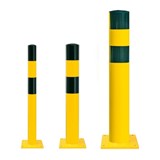




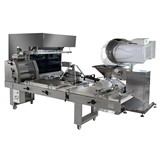
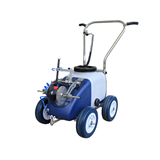





-160x160-state_article-rel-cat.png)



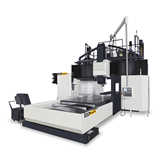
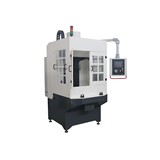
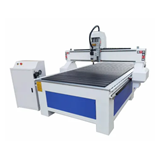
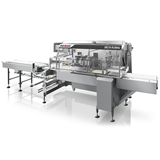


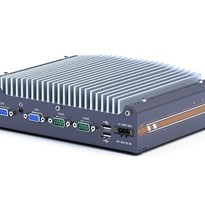
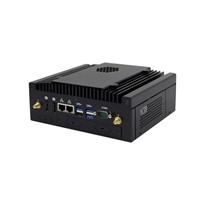
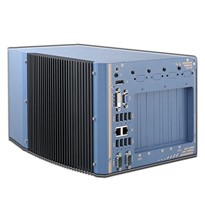
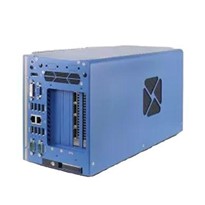

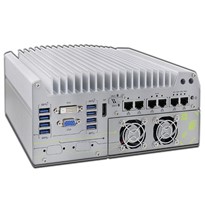





-205x205.jpg)